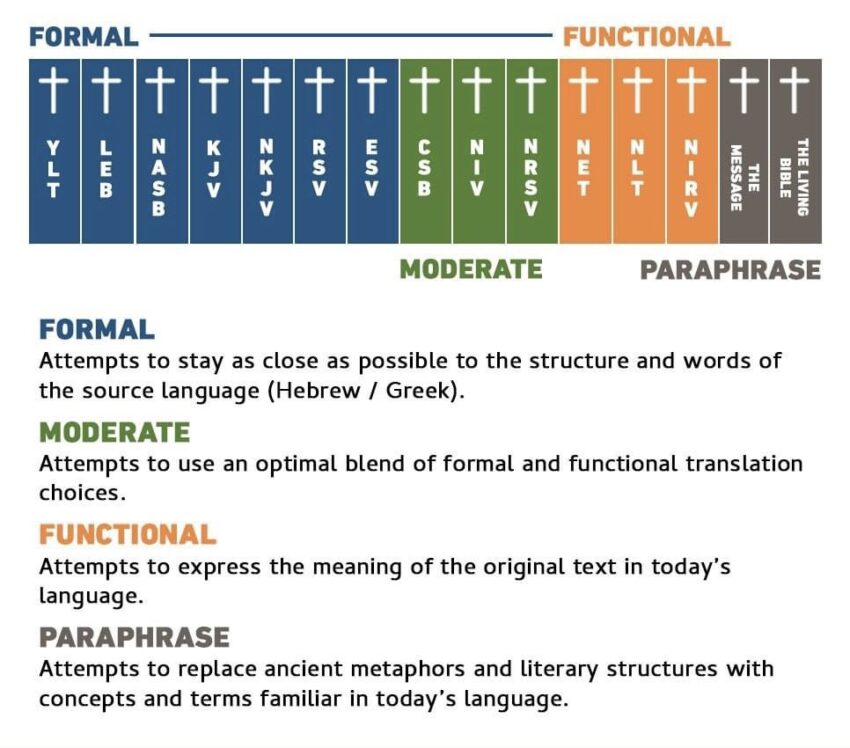Pastor Marcus Bellamy kicked his “How to Study the Bible” class discussing the compilation of the Bible and different translations. Highlights from the lesson are listed below.
*Bible translation entails reproducing the meaning of a text that is one language (the source language), as fully possible, in another language (the receptor language).
*The original (source) languages of the Bible are Hebrew (OT), Aramaic (OT), and Greek (NT).
*The fact that no two languages are exactly alike makes translation a complicated endeavor. Different languages put words together differently to form phrases, clauses, and sentences. This is called syntax.
*There are two main approaches to biblical translation.
1. Formal Approach
The more formal approach attempts to stay as close as possible to the structure and words of the source language.
2. Functional Approach
The more functional approach tries to express the meaning of the original text in today’s language, so the effect on today’s reader is equivalent to the effect on the ancient reader.
Additionally, some versions of the Bible are considered “paraphrased”. Technically, paraphrased is not a translation from the original languages at all. Instead, it is merely a restatement or explanation of a particular English translation using different English words. For example, “plethora” might be the most accurate translation of the original text, but “a lot” makes more sense to today’s reader.
*As an activity, the class broke into small groups and looked at 2 Corinthians 5:17-21 in four different translations of the Bible. After comparing the translations, the groups discussed what they noticed from the study.
*The class also went over how all scripture came from a divine author (God), who used human authors to write the Bible. Copies of the original text were then written by scribes. Those copies were put through textual criticism, where the copies were compared to the original versions. There can only be one correct interpretation of the original text, but there can be multiple ways to apply scripture within our lives.
*2 Timothy 3:16-17 (NIV) reminds us, “All Scripture is God-breathed and is useful for teaching, rebuking, correcting and training in righteousness, so that the servant of God may be thoroughly equipped for every good work.”

